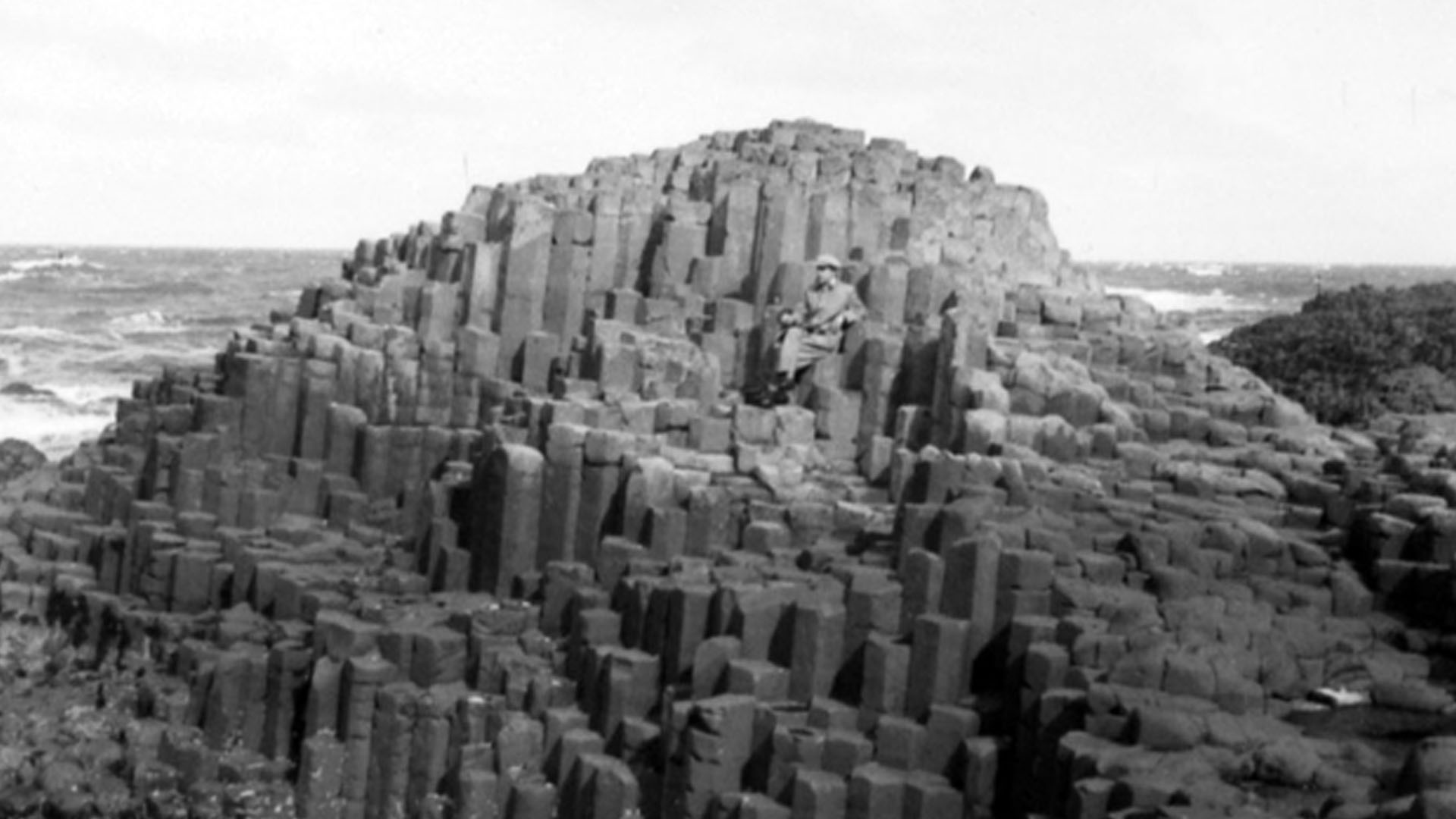The historic Co. Antrim takes its name from the old town name of Aontroim, the Irish word for a lone ridge. Covering an area of around 3,046 square kilometres, it shares borders with Co. Down to the south and Co. Londonderry to the west.
During the Second World War, troops made use of the spectacular landscape, including the wild and rugged coastline, and the Glens of Antrim. British, American, and Belgian troops all passed through Co. Antrim where many airfields also saw the arrival of Australian and New Zealander forces to Ulster.
Places of Interest
The following places will be of interest to anyone wishing to explore more of the area's Second World War heritage.
